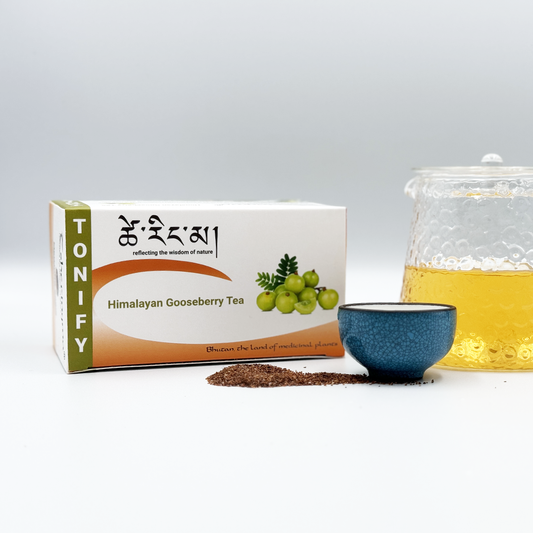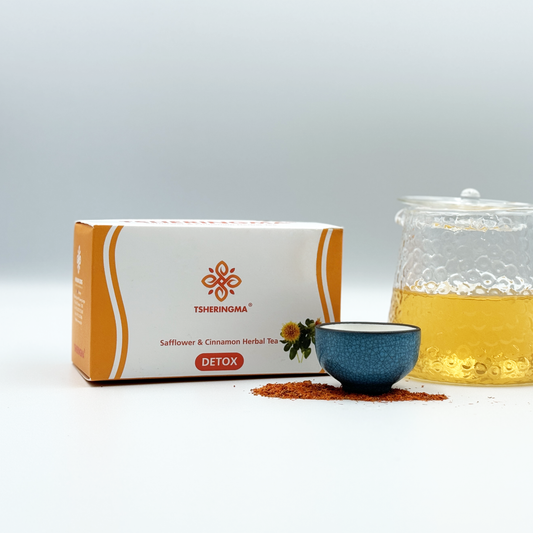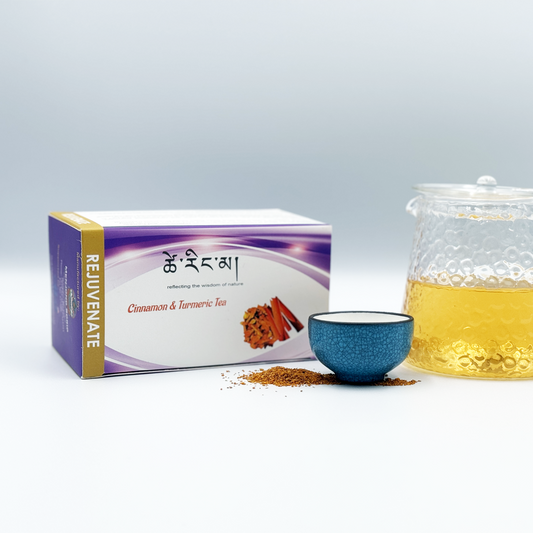The Latest Posts
Most Liked Articles
Shop Tea
-
Lao Ye Oolong Tea
定價 從 $68.00 起定價單價 每 -
Himalayan Gooseberry Tea
定價 $28.00定價單價 每 -
Safflower & Cinnamon Tea
定價 $28.00定價單價 每 -
Cinnamon & Turmeric Tea
定價 $28.00定價單價 每
















